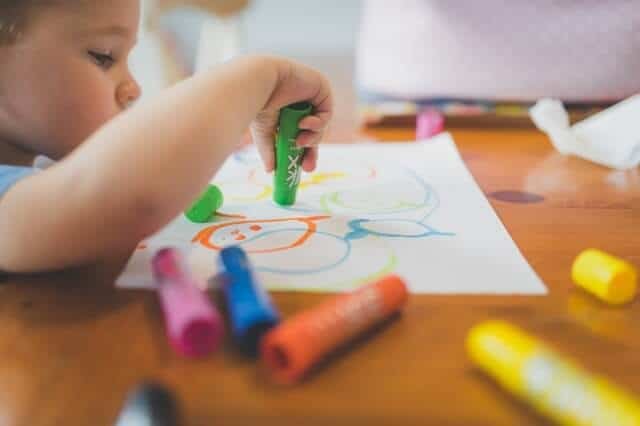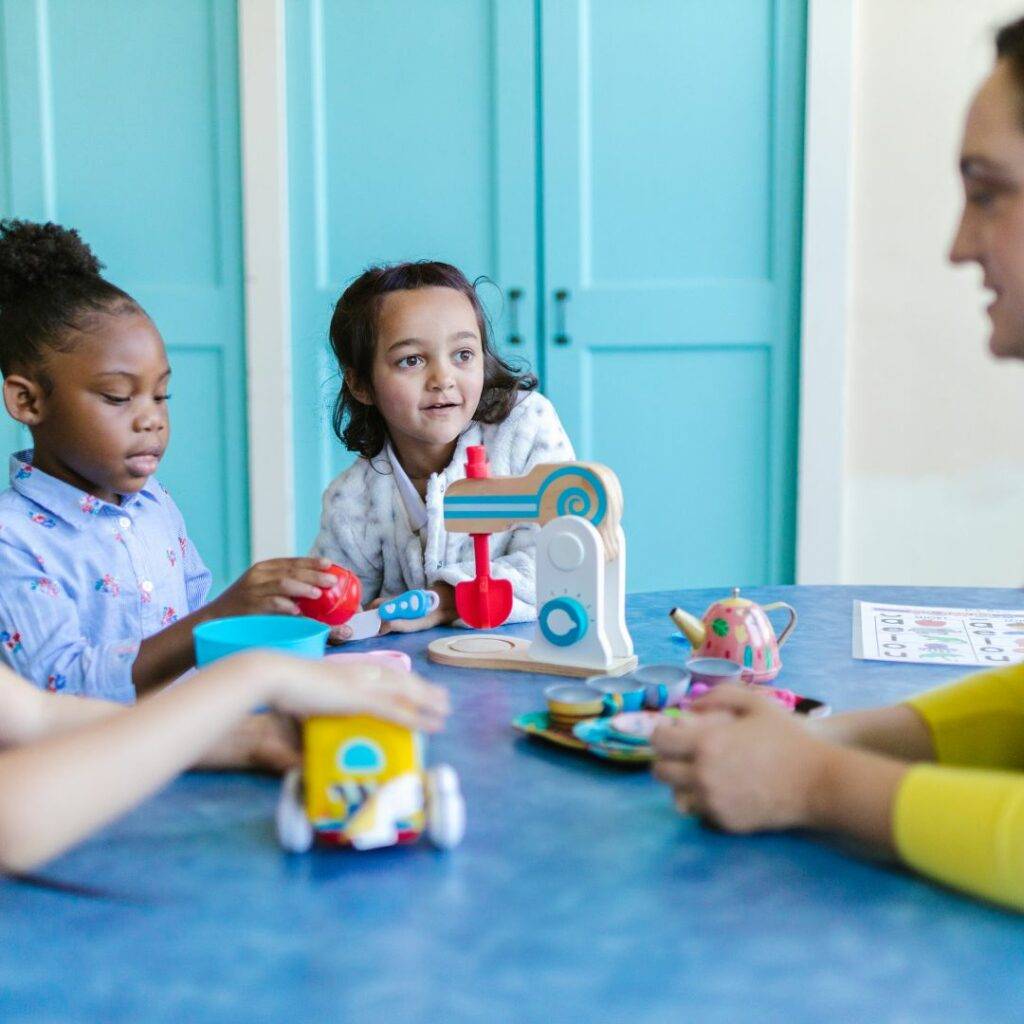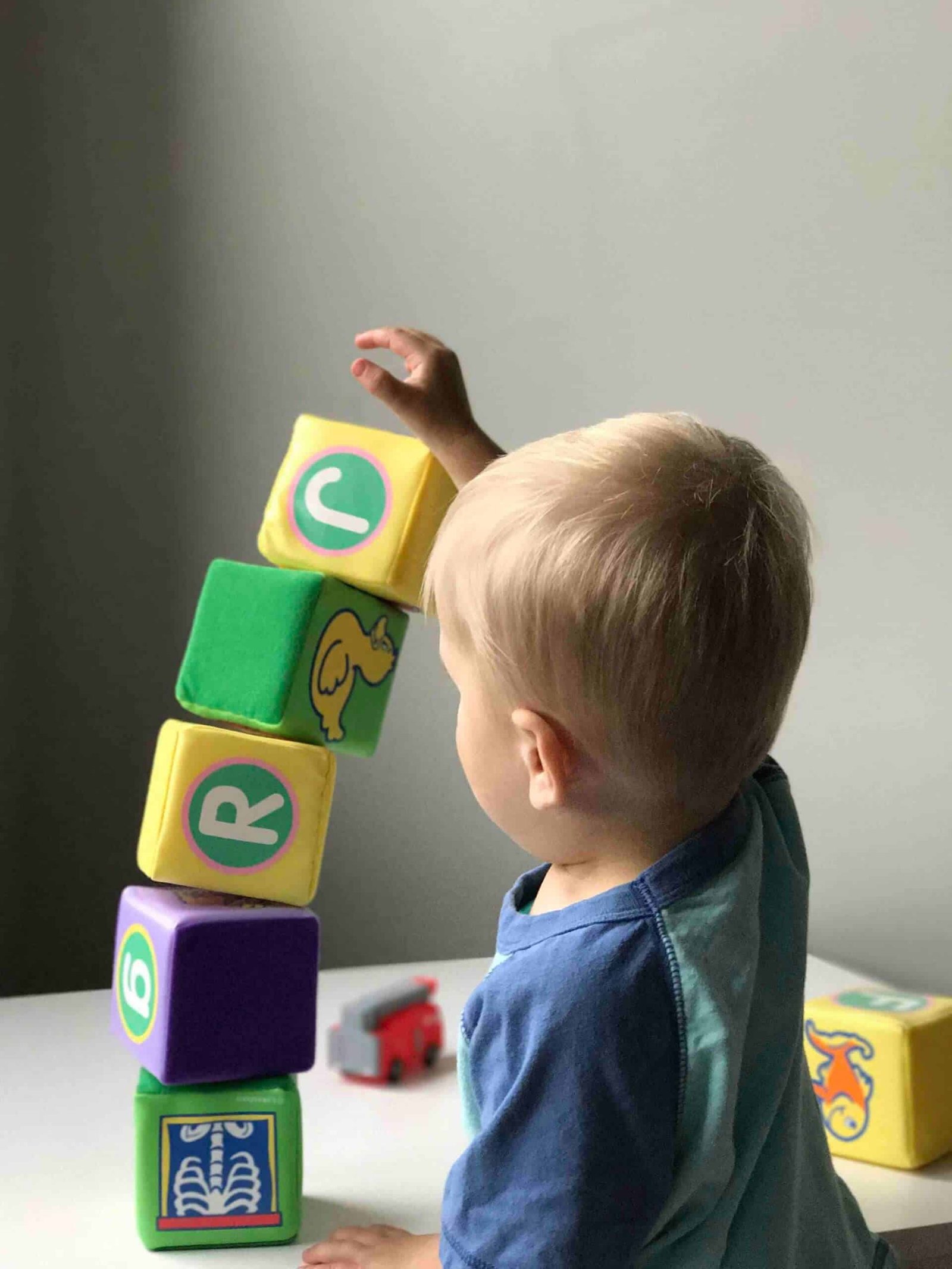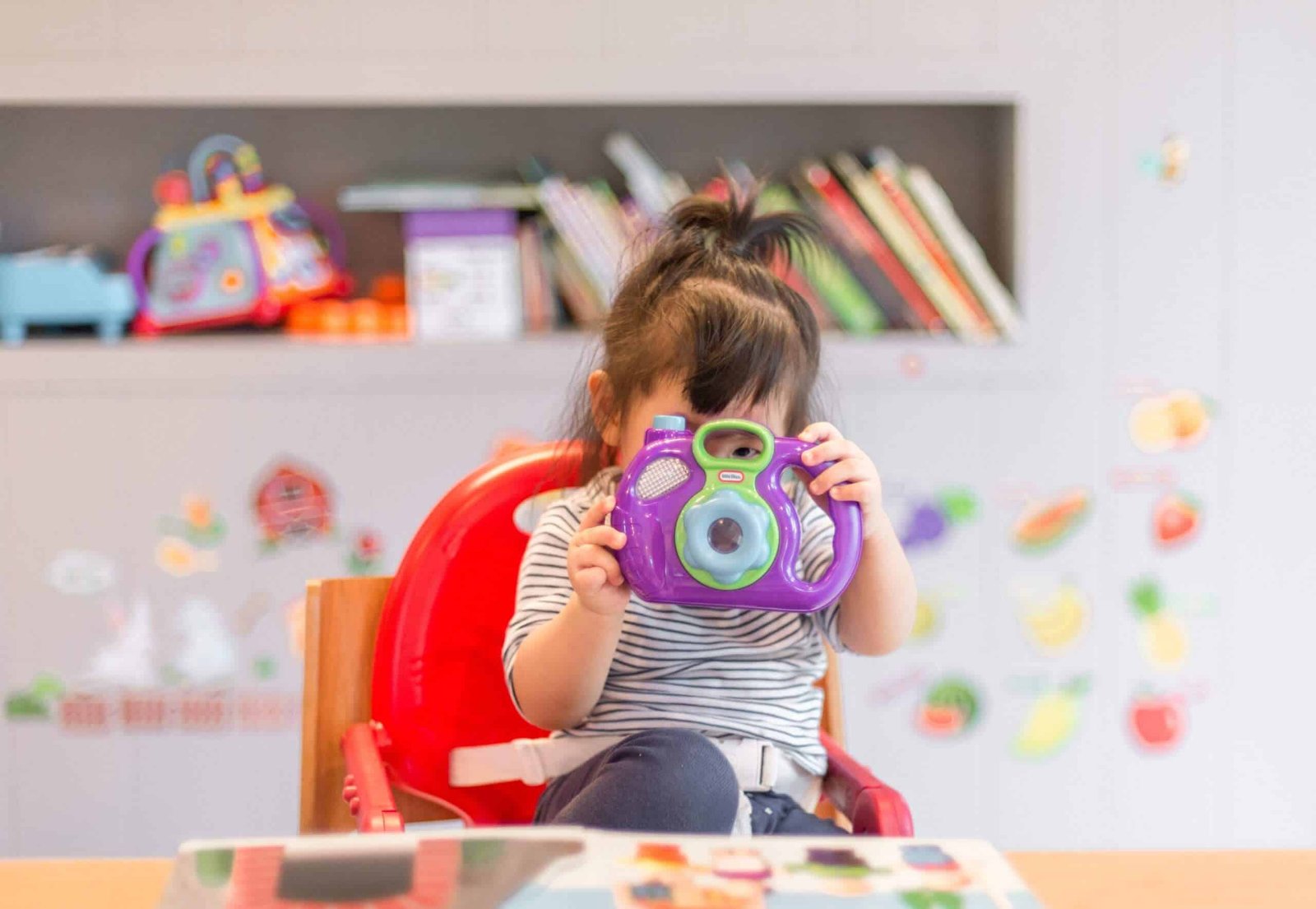Early Literacy Skills: The Power of Art and SEL

Developing confident speaking and listening skills and play is crucial to improving early literacy skills, which is an integral part of becoming literate. Literacy check-up tools help teachers get this done. Art and social-emotional learning (SEL) provide powerful tools for fostering communication, self-expression, and language development in young learners.
The Link Between Early Literacy, SEL, and Art
When assessing children’s early literacy skills, it is imperative to identify their communication capabilities and challenges. Research shows that early exposure to art and SEL-focused activities strengthens language skills, emotional awareness, and confidence in self-expression. Many communication difficulties can be overcome through research-based interventions that incorporate storytelling, music, movement, and creative arts.
For example, children who struggle with letter recognition and phonemic awareness benefit from activities such as finger painting letters, drawing storytelling sequences, or acting out stories through dramatic play.
Teachers can bridge literacy gaps by embedding visual storytelling, music, and role-playing into early childhood education. These multi-sensory approaches make literacy learning more engaging and accessible to all learners, especially those who face language barriers or social communication challenges.

The Talking Table: Bringing Storytelling and Art Together
The Talking Table was an initiative created by Fleur Griffiths in England following concerns from Ofsted regarding Early Years language assessments. This strategy focuses on teachers providing child-centred opportunities to develop language skills through play-based storytelling and collaborative art-making.
Rather than placing pressure on students to answer direct questions, children are encouraged to tell, draw, and act out their ideas, reinforcing early literacy skills in a stress-free environment. The role of the teacher is to facilitate storytelling through visuals, movement, and interactive props that promote deeper thinking and vocabulary development.
A small group of children are invited to sit around a table or circle of cushions with a large sheet of play and a selection of writing utensils. Within this circle, placed in enticing boxes, bags or parcels, are a small selection of pocket-sized toys or objects, such as personal treasure and stuffed toys and materials.
These objects are passed around the circle, and the development of imaginative stories about them ensues. The pens and materials are used to develop imaginary worlds for the toys and objects to explore. This is not a typical ‘Show and Tell’ experience; the teacher’s role is to ensure that the children can fairly share their thoughts in a round, modelling active listening and supporting the children to express their story ideas.
Once completed, the story compiled on the sheet of paper is rolled up and placed in an area accessible to the children to return to it as they wish and retell the story to their peers.
The valuable experience of talking is the key to opening up so many opportunities, and we must be patient and offer encouragement as they develop their new skills.
This method works well alongside other creative expression tools such as:
✅ Story Stones – Painted stones with characters or objects that inspire storytelling.
✅ Role-Playing & Dramatic Play – Using costumes and props to retell familiar stories.
✅ Picture Storytelling – Encouraging children to draw sequences of a story before writing.

Boosting Early Literacy Through Creative Play-Based Learning
Early literacy is a crucial developmental phase where children learn foundational skills through hands-on, play-based experiences. Research shows that incorporating art, music, and movement into play strengthens literacy development by engaging multiple senses, reinforcing memory, and making learning enjoyable.
Art Strategies for Strengthening Early Literacy:
🎨 Storybook Art: Have students illustrate scenes from a book and narrate their pictures.
🎭 Puppet Theater: Using puppets to act out stories builds language skills and comprehension.
🖌 Alphabet Painting: Painting letters and words helps children connect visuals with phonics.
🎶 Musical Storytelling: Singing and rhythm games reinforce syllable segmentation and sound recognition.
These activities help develop fine motor skills, letter recognition, and early writing abilities, all essential for literacy.
The SEL Connection: How Emotional Literacy Strengthens Reading & Writing
Early childhood educators (I was one for five years) are sometimes misunderstood as “just playing all day,” but in reality, our role is deeply intentional. SEL is a core part of literacy development, as emotional expression through words builds confidence and communication skills.
SEL Strategies to Strengthen Literacy Development:
📖 Emotion-Based Read-Alouds – Pause during read-alouds to discuss characters’ emotions and reactions.
🤝 Social Stories – Have students create their own SEL-themed books about emotions, friendships, or kindness.
🎭 Drama-Based Learning – Role-playing everyday situations builds language and problem-solving skills.
By integrating SEL into early literacy instruction, we help students connect emotions to words, making reading and writing more meaningful.
Creating a Literacy-Rich Classroom with Art & SEL
A well-structured literacy-rich environment provides children with constant opportunities to explore reading, writing, and communication through creative experiences.
✅ Classroom Writing Corners – Stocked with story cards, illustrated prompts, and SEL-themed prompts to inspire writing.
✅ Themed Literacy Walls – Featuring children’s artwork and writing pieces connected to read-alouds.
✅ Interactive Word Walls – With movable letters and images to help students connect words to visuals.
An art-infused classroom isn’t just a space for learning—it’s a canvas for exploration that blends creativity, literacy, and emotional expression. Discover how fostering creative skills in the classroom enhances early literacy, self-expression, and problem-solving in young learners in this guide on teaching creative skills.

Using Visual & Performing Arts to Develop Literacy Skills
Children follow their own stories, dialogues, interactions and roles amongst each other.
📍 Readers’ Theater – Students act out scenes from books to develop comprehension.
📍 Gesture Storytelling – Using movement to express story actions builds understanding.
📍 Illustrated Journals – Drawing emotions and ideas before writing builds confidence.
By integrating drama, movement, and visual storytelling, students internalise language in a natural, engaging way.
Assessing Early Literacy Skills Through Creativity
Are you providing an environment that supports the development of highly literate children?
📌 Early Literacy Skills LIBRARY check-up tool – Ensure your classroom library supports creative literacy development.
📌 Early Literacy Skills READING checkup tool – Assess reading materials for diverse, engaging content.
📌 Early Literacy Skills WRITING checkup tool – Evaluate writing opportunities that integrate art and SEL.
Creative literacy assessments don’t need to be rigid—use observation, storytelling, and interactive projects to gauge student progress in a meaningful way.
Final Thoughts: Art & SEL as Pillars of Early Literacy
By embedding art and SEL into early literacy instruction, we create classrooms where students don’t just learn to read—they learn to communicate, express, and connect with the world around them.
✔ Art enriches storytelling and strengthens visual literacy.
✔ SEL builds confidence and encourages meaningful communication.
✔ Play-based literacy experiences lay the foundation for a lifelong love of learning.
Let’s continue to foster creative, emotionally supportive literacy experiences that empower young learners to thrive as readers, writers, and communicators.

Can you be more specific about the content of your article? After reading it, I still have some doubts. Hope you can help me.
Thank you for your sharing. I am worried that I lack creative ideas. It is your article that makes me full of hope. Thank you. But, I have a question, can you help me?
Thanks for sharing. I read many of your blog posts, cool, your blog is very good. https://accounts.binance.info/en-NG/register?ref=YY80CKRN